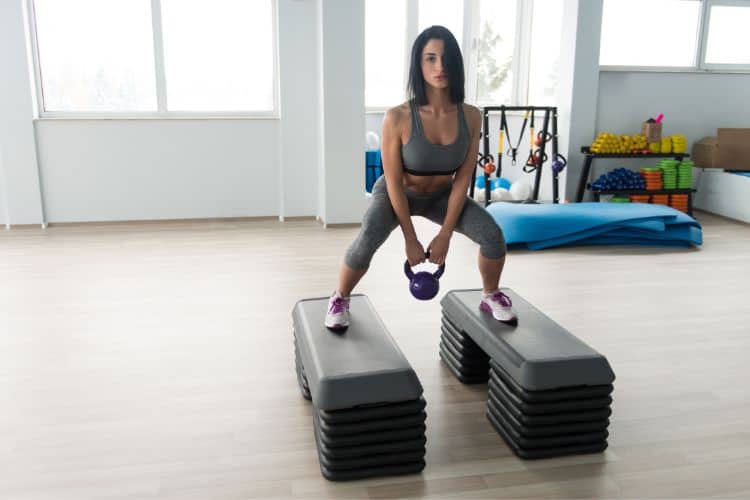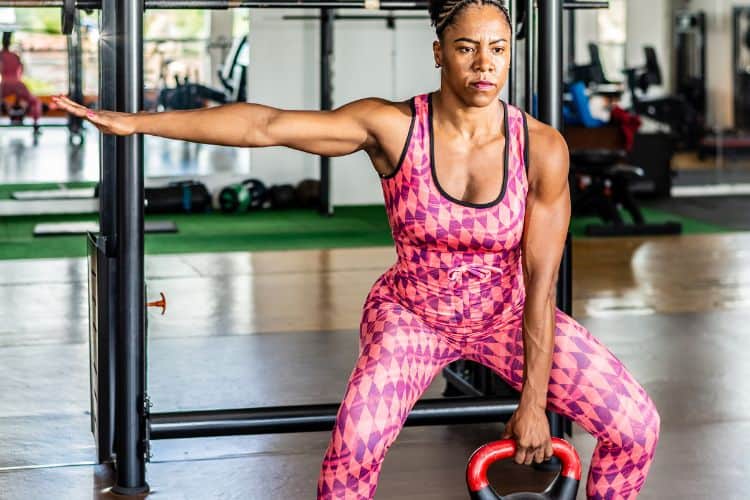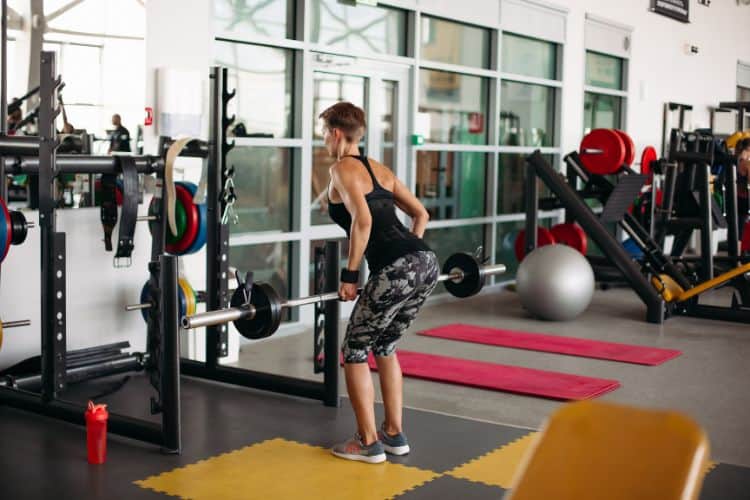Sign up for workout ideas, training advice, reviews of the latest gear and more.






As women enter their 50s, maintaining muscle mass, bone density, and overall energy becomes more important than ever. A well-structured strength training workout can be the key to aging gracefully, boosting metabolism, and improving quality of life. This 30-minute strength training routine is tailored specifically for women over 50, emphasizing safety, functional movements, and steady progression.
In this blog, we’ll dive into the benefits of strength training, a detailed 30-minute workout, and essential tips to help you get the most from each session.
After age 30, women naturally begin to lose muscle mass—up to 5% per decade if no resistance training is performed. By the time you’re 50, this muscle loss can impact mobility, metabolism, and strength. Strength training helps combat sarcopenia (age-related muscle loss), keeping you strong and independent.
Women over 50 are particularly susceptible to bone density loss due to hormonal changes during menopause. Weight-bearing and resistance exercises stimulate bone remodeling and help reduce the risk of osteoporosis and fractures.
Muscle is more metabolically active than fat. Strength training increases lean body mass, which supports a healthier metabolism—even at rest—making it easier to maintain or lose weight.
With age, balance becomes more critical. Strength training reinforces the stabilizing muscles, helping to prevent falls and injuries.
Strength training isn’t just physical—it also boosts mental clarity, reduces symptoms of depression, and provides a powerful sense of accomplishment.
Before starting any new exercise program, especially after 50, it’s important to consult with your doctor or healthcare provider—especially if you have pre-existing conditions such as arthritis, osteoporosis, or heart disease.
You don’t need a gym membership to benefit from this routine. Here’s what you’ll need:
This balanced 30-minute workout is broken into 3 segments: upper body, lower body, and core with total-body movements.
Start with 5 minutes of light activity to increase blood flow and prepare your muscles:
These exercises target your arms, shoulders, chest, and back.
These moves enhance leg strength, mobility, and bone density.
A strong core improves balance, posture, and reduces back pain.
Finish your session by gently stretching the muscles you just worked.
Hold each stretch for 15–30 seconds and breathe deeply.
For optimal results, aim to do this 30-minute workout 2 to 3 times per week with at least one rest day in between. Pair it with light cardio like walking, swimming, or cycling for added benefits.
| Day | Workout |
|---|---|
| Monday | Strength Training |
| Tuesday | Light Cardio (30 min walk) |
| Wednesday | Strength Training |
| Thursday | Yoga or Rest |
| Friday | Strength Training |
| Saturday | Cardio or Light Activity |
| Sunday | Rest or Stretching |
There’s no rush. Begin with lighter weights or fewer reps and increase gradually as your strength builds.
Proper form prevents injuries. If needed, work with a certified trainer to learn the basics.
Hydration aids muscle function. Consuming protein-rich meals supports muscle recovery and growth.
Keep a journal or app log to track your weights, sets, and reps over time.
It’s normal to feel soreness, but sharp pain is a red flag. Modify exercises as needed to suit your body.
Beyond the physical rewards, many women over 50 report a renewed sense of empowerment from strength training. It boosts self-esteem, relieves anxiety, and provides a fulfilling daily routine. Strength training is not about lifting the heaviest weight but about showing up, staying consistent, and investing in your future self.
The best time to start strength training is now. Whether you’re 50 or 65, it’s never too late to build strength, improve balance, and feel your best. This 30-minute strength training workout for women over 50 offers a simple, effective way to stay fit and energized. Remember, consistency is more important than intensity. Stick with it, and you’ll see and feel results in just a few weeks.
Want more workout and video guide?
Follow us on Pinterest, Facebook, and Subscribe to our Newsletter and Stay tuned for FREE downloads of our App coming soon!
Stay up to date on the latest women’s health, fitness and lifestyle trends and tips.